Regulatory Compliance
The increasing stringency of environmental regulations is a pivotal driver for the Low Volatile Organic Compounds Coating Additive Market. Governments worldwide are implementing stricter guidelines to limit VOC emissions, which has led manufacturers to seek compliant alternatives. For instance, the European Union's REACH regulation mandates the reduction of harmful substances in coatings, pushing companies to innovate. This regulatory landscape not only compels manufacturers to adopt low VOC solutions but also creates a competitive advantage for those who can swiftly adapt. As a result, the demand for low VOC coating additives is expected to rise, with projections indicating a market growth rate of approximately 6% annually over the next five years. This trend underscores the necessity for companies to align their product offerings with evolving regulations.
Technological Innovations
Technological advancements play a crucial role in shaping the Low Volatile Organic Compounds Coating Additive Market. Innovations in formulation chemistry and application techniques have led to the development of more effective low VOC additives that do not compromise performance. For example, advancements in polymer technology have enabled the creation of coatings that maintain durability and aesthetic appeal while adhering to low VOC standards. The market is witnessing a surge in research and development activities aimed at enhancing the efficacy of these additives. Industry reports suggest that the market for low VOC coating additives could reach USD 5 billion by 2027, driven by these technological innovations. As manufacturers continue to invest in R&D, the potential for new product offerings and improved performance characteristics remains high.
Diverse End-Use Industries
The Low Volatile Organic Compounds Coating Additive Market benefits from its applicability across various end-use sectors, including automotive, construction, and furniture. Each of these industries is increasingly adopting low VOC solutions to meet regulatory requirements and consumer preferences. For instance, the construction sector is experiencing a surge in demand for low VOC coatings due to the rising trend of green building practices. Additionally, the automotive industry is focusing on low VOC coatings to enhance vehicle sustainability and reduce environmental impact. Market analysis indicates that the construction sector alone is expected to account for over 40% of the total demand for low VOC additives by 2026. This diversification across industries not only stabilizes the market but also opens new avenues for growth.
Consumer Awareness and Demand
There is a notable increase in consumer awareness regarding the health and environmental impacts of traditional coatings, which significantly influences the Low Volatile Organic Compounds Coating Additive Market. As consumers become more informed, they are actively seeking products that are safer and more sustainable. This shift in consumer preference is prompting manufacturers to reformulate their products to include low VOC additives. Market Research Future indicates that approximately 70% of consumers are willing to pay a premium for eco-friendly products, which further incentivizes companies to invest in low VOC technologies. This growing demand not only drives innovation but also expands the market for low VOC coating additives, as businesses strive to meet the expectations of environmentally conscious consumers.
Economic Growth and Urbanization
Economic growth and urbanization are significant drivers of the Low Volatile Organic Compounds Coating Additive Market. As economies expand, there is a corresponding increase in construction activities, which in turn boosts the demand for coatings. Urbanization leads to the development of residential and commercial properties, necessitating the use of low VOC coatings to comply with environmental standards. Reports indicate that urban areas are projected to grow by 1.5 billion people by 2030, creating a substantial demand for sustainable building materials. This trend is likely to propel the low VOC coating additive market, as stakeholders seek to align with sustainable practices. Furthermore, the economic incentives associated with green building initiatives further enhance the attractiveness of low VOC solutions, fostering market growth.


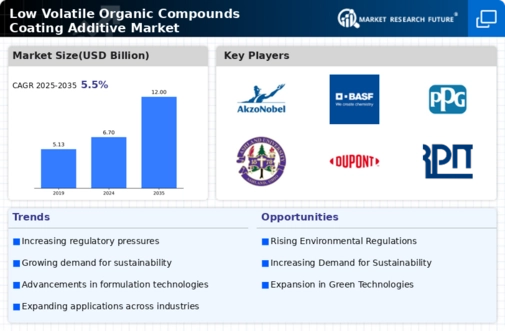
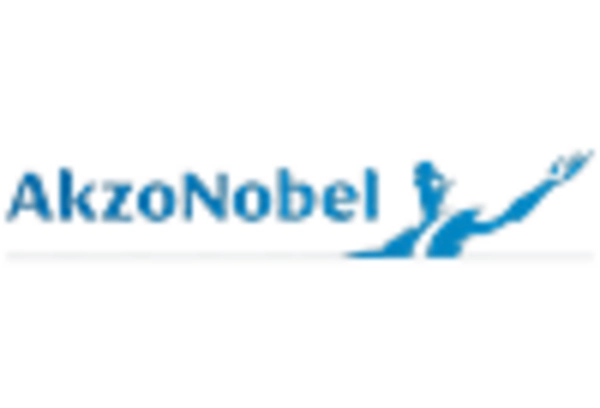


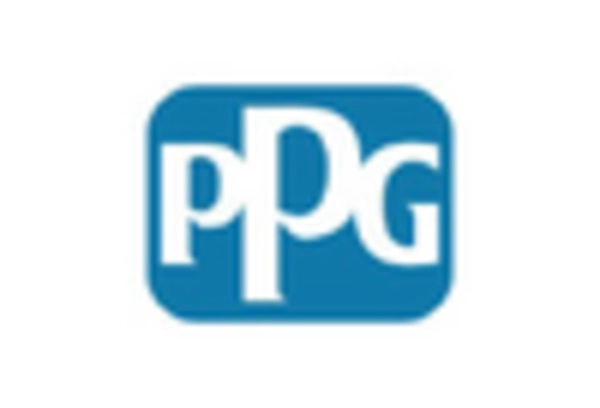
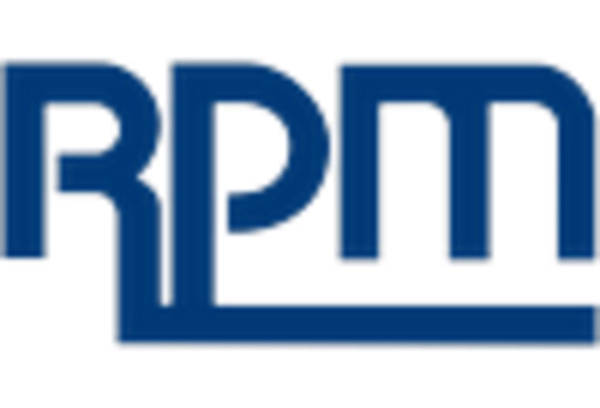
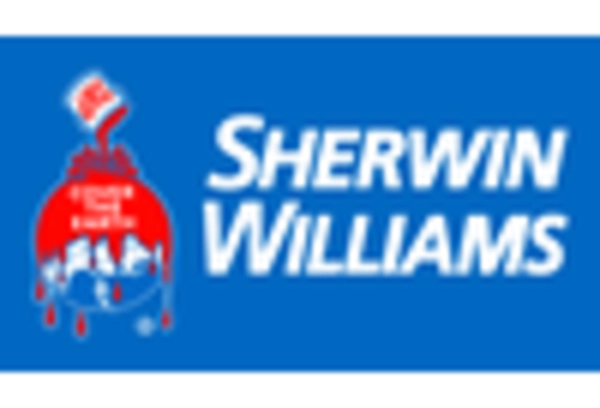








Leave a Comment